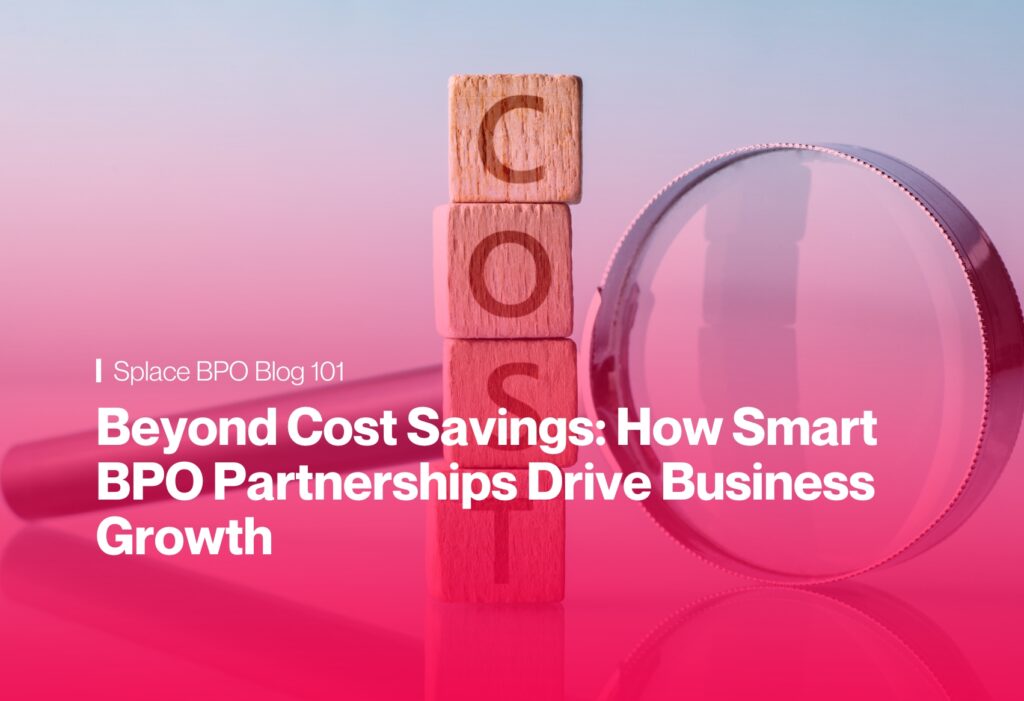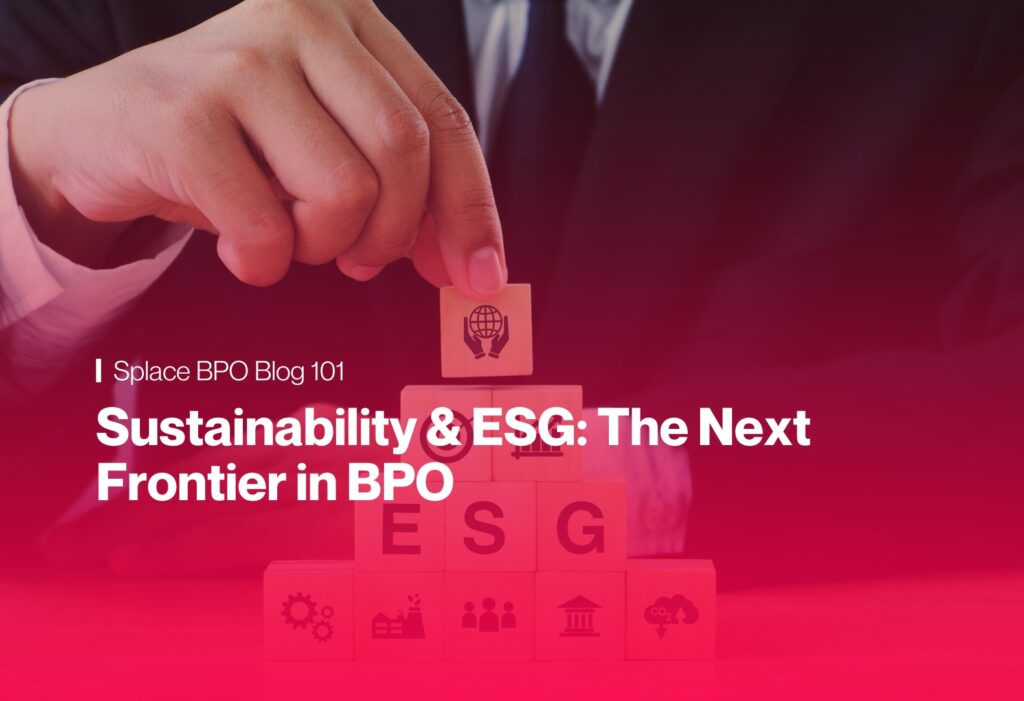Selecting a pricing model is one of the most important choices businesses have to make when working with service providers in the field of business process outsourcing (BPO). The Fixed Price and Hourly Rate models are two common pricing structures in BPO. Every model has pros and drawbacks of its own, so organizations must know the distinctions between them and select the model that best suits their goals and requirements. We explore the complexities of BPO's Fixed Price and Hourly Rate pricing models in-depth in this blog, offering insights to assist companies in making wise choices.

Fixed Price Model
The Fixed Price model is characterized by a predetermined, fixed sum agreed upon between the client and the service provider for a specific scope of work or project. This model offers predictability and control over costs, making it appealing for projects with well-defined requirements and deliverables. Here's a closer look at the key features and benefits of the Fixed Price model:
Budget Certainty:
With a fixed price agreed upon upfront, clients have clarity on the total cost of the project, enabling better budget planning and management.
Defined Scope:
The Fixed Price model works best for projects with clearly defined scopes and deliverables, as any changes or additions may result in renegotiation of the contract and pricing adjustments.
Mitigated Risk:
Since the service provider bears the risk of cost overruns or delays, clients are protected from unexpected expenses and can hold the vendor accountable for meeting deadlines and quality standards.
Focus on Results:
Service providers under the Fixed Price model are incentivized to deliver results efficiently and within the agreed-upon budget, fostering a focus on productivity and performance.
Hourly Rate Model
In contrast, the Hourly Rate model involves charging clients based on the number of hours worked by the service provider's team members. This model offers flexibility and transparency, making it suitable for projects with evolving requirements or those requiring ongoing support. Let's explore the key features and benefits of the Hourly Rate model:
Flexibility:
The Hourly Rate model accommodates changes and iterations throughout the project lifecycle, allowing clients to adapt to evolving needs without the constraints of a fixed scope.
Pay-for-Performance:
Clients pay for the actual time spent on the project, ensuring that they receive value for the services rendered and enabling them to prioritize tasks based on their importance and urgency.
Scalability:
The Hourly Rate model offers scalability, allowing clients to adjust the level of resources allocated to the project based on demand fluctuations or changing priorities.
Transparency:
Since billing is based on hours worked, clients have visibility into how resources are utilized, promoting transparency and accountability in the engagement.
Choosing the Right Model for Your Business
When deciding between the Fixed Price and Hourly Rate models, several factors should be taken into consideration:
1. Project Complexity
Projects with well-defined requirements and deliverables are better suited for the Fixed Price model, while those requiring flexibility and iterative development may benefit from the Hourly Rate model.
2. Budget and Risk Tolerance
Businesses with strict budget constraints and a low tolerance for financial risk may prefer the Fixed Price model for its cost predictability and risk mitigation.
3. Timeline and Scope Stability
Projects with stable timelines and minimal scope changes are conducive to the Fixed Price model, whereas those with evolving requirements or uncertain timelines may be better suited for the Hourly Rate model.
4. Client-Provider Relationship
The level of trust and collaboration between the client and the service provider is crucial in determining the suitability of the pricing model, as open communication and alignment of goals are essential for successful project outcomes.
This is Our Take!
In conclusion, the choice between the Fixed Price and Hourly Rate pricing models in BPO hinges on factors such as project complexity, budget constraints, timeline stability, and client-provider dynamics. While the Fixed Price model offers predictability and control over costs, the Hourly Rate model provides flexibility and transparency, catering to different project requirements and business objectives. By understanding the nuances of each pricing model and evaluating them in the context of their specific needs, businesses can make informed decisions that drive successful outsourcing engagements and deliver value to all stakeholders involved.
About SPLACE
SPLACE is a dynamic and innovative business process outsourcing company that offers a wide range of outsourcing services to businesses worldwide. With a focus on delivering high-quality solutions, virtual assistance, IT solutions, and exceptional customer service, SPLACE has established the company as a trusted outsourcing and call center service provider to companies across various industries.
SPLACE comprises experienced professionals who deliver customized and cost-effective solutions to meet every client's business needs. The company believes in the power of technology and innovation to drive growth and success, and its main focus is helping clients succeed in an ever-changing business landscape.
Clients looking for support in data management, customer service, virtual assistance, technical support, or any other outsourcing need can seek help from the SPLACE BPO firm.
If you are interested in Splace’s Business Process Outsourcing Solutions,
Email: ceo@splacebpo.com or call us at
US: +1 929 377 1049 CA: +1 778 653 5218 UK: +61 483 925 479 AU: +61 483 925 479 NZ: +64 9 801 1818
NL: +31 20 532 2142










